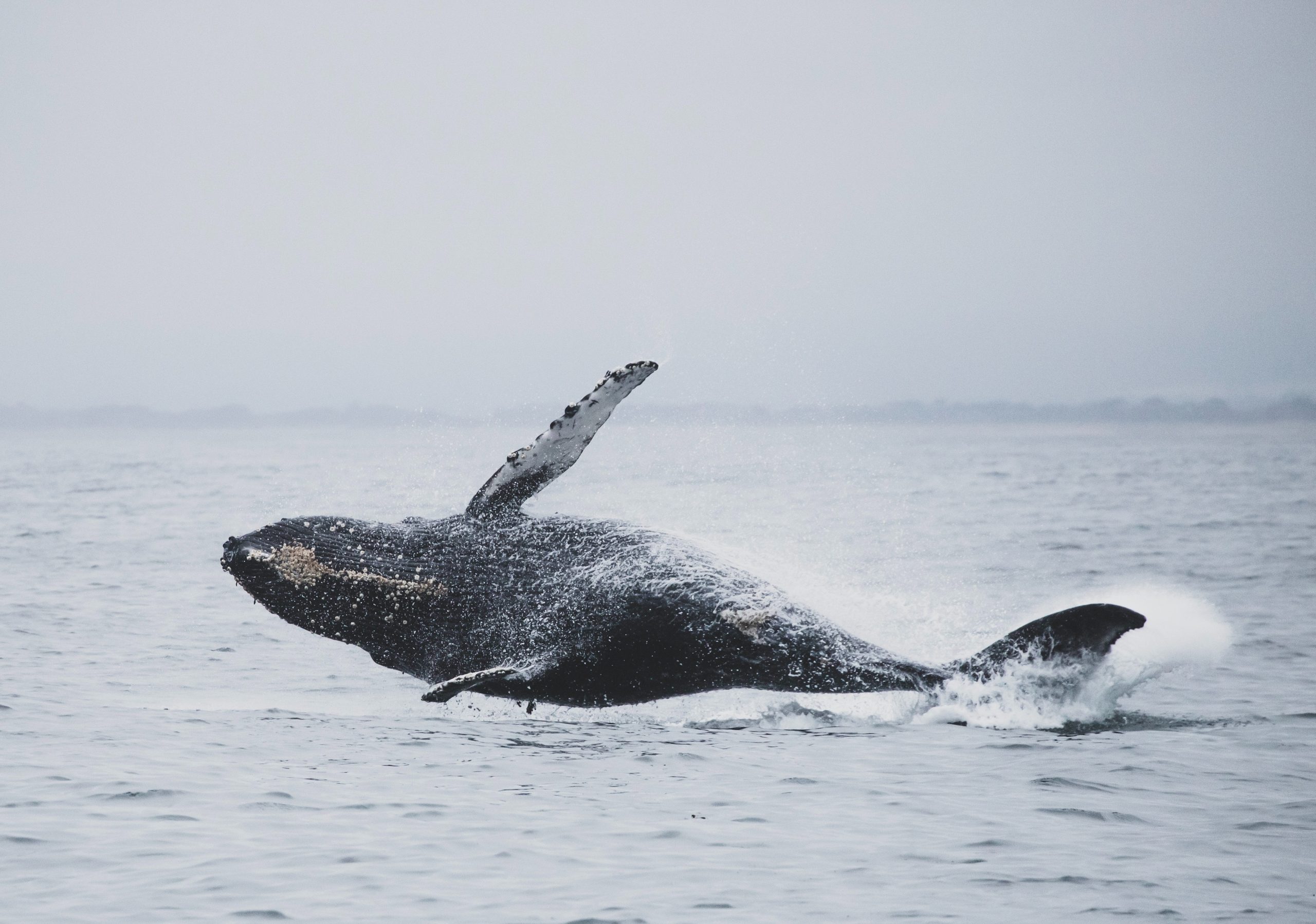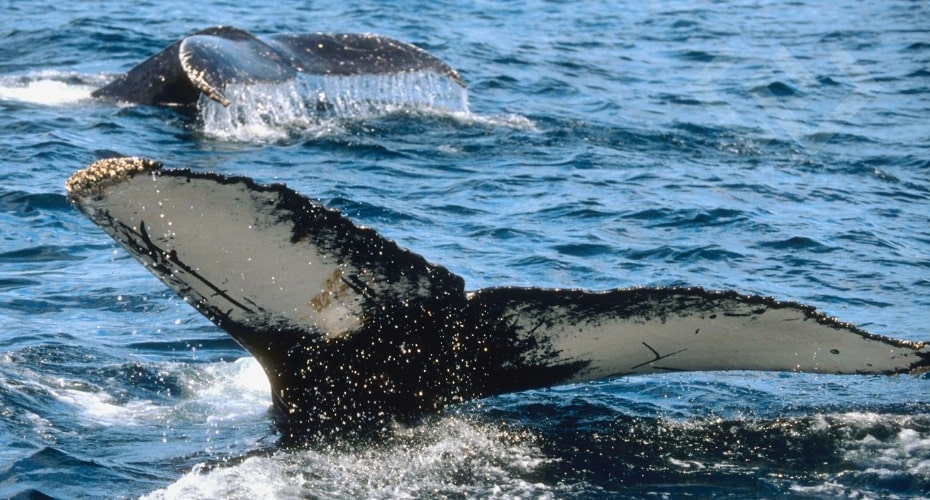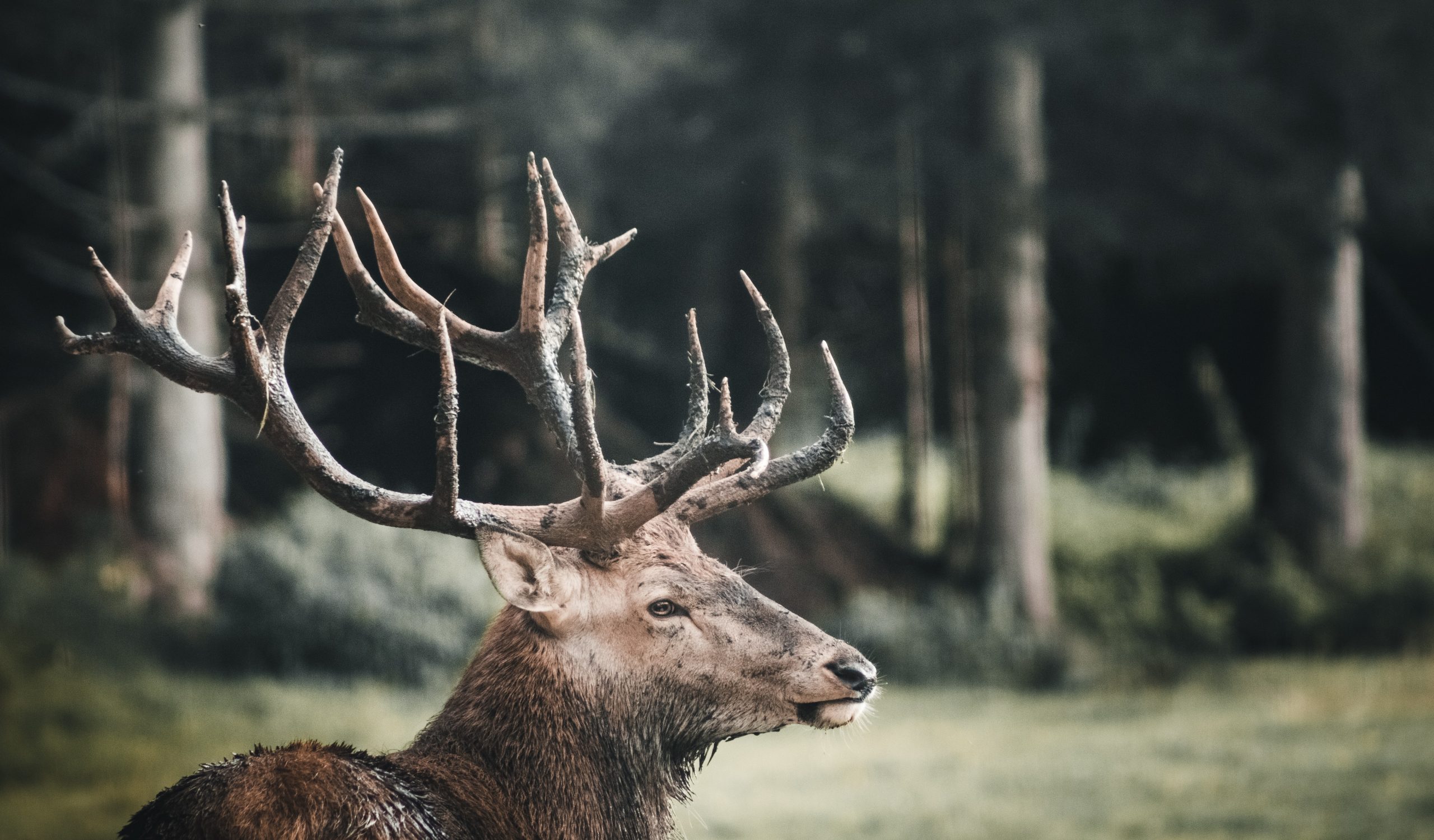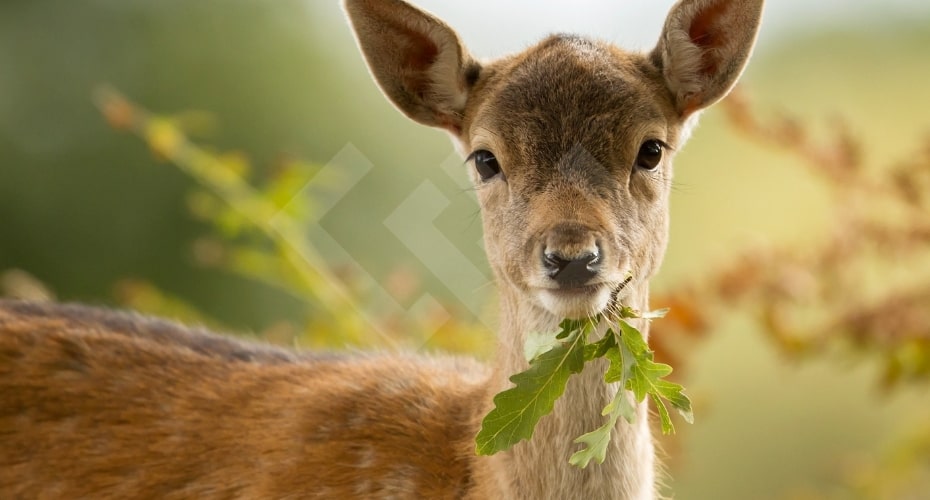The Gray Whales Return to Whidbey

Gray Whales Return to Whidbey
As the cold melts away and flowers start to bloom again, Whidbey Island is blessed with a rare and wonderful gift. Many people hike to the very tip of a bluff or edge of the waves hoping to catch a glimpse of this phenomenon. Then it happens – water spurts into the air from nowhere and at the surface, you can just barely see a tail appear.
Oh, what a whale of a tale to tell….

Spring brings with it a special excitement for this curious island. As the waters warm, they welcome back one of our favorite travelers; the gray whale! Migrating every year from their winter home in Mexico to the wild waves of Alaska; gray whales often make a special stop within the waters of the Puget Sound.
As food foragers, the gray whale “dig[s] up the mudflats [on the ocean floor] for shrimp and worms.”1 They then filter these small creatures through their baleen, or whalebone, which acts as a strainer to keep the food in their mouth and push out all the water.2
Given their foraging requirements, gray whales’ proximity to the shore and repetitive presence in the Puget Sound comes as little surprise. While the average depth of the Pacific Ocean is a little over 12,000 feet, Puget Sound’s deepest point is approximately 930 feet. The shallow waters of the sound serve as a great benefit to this massive mammal that relies on both oxygen and access to the ocean floor in order to survive.
On Whidbey Island, we take great joy in the return of these travelers every year. Many islanders and tourists alike find their way to the water’s edge and peer into the waves in hopes of a glimpse. Luckily, sightings are not at all uncommon on the island. To commemorate the love we have for these ocean friends, both Coupeville and Langley have erected what is called a “Whale Bell.” These bells have a simple instruction: “See a whale, ring the bell.” These bells serve as both a monument to the whale’s impact on our island culture and a creative way to notify others of the whale’s presence so they can also look out and see!
View this post on Instagram
Every year the town of Langley has pulled together to commemorate the beginning of whale season. Complete with a parade, this festival speaks volumes of the love islanders have for their precious whales. Unfortunately, the event has been canceled this year due to covid for the health and safety of the community continue to check back here for updates. While the ring of the bell brings joyous memories of years past residences and travelers alike look forward to a day where gatherings return to celebrate these incredible creatures.
References
- “Gray Whales.” Orca Network, https://www.orcanetwork.org/Main/index.php?categories_file=Gray%20Whales
- “Gray Whales.” National Geographic, https://www.nationalgeographic.com/animals/mammals/g/gray-whale/
You might also like:
Get the Buck Out of My Yard

Have you ever been standing there admiring your gardens when a deer walks in and decides it is time for lunch? So have we.

They are the wild and majestic creatures of Whidbey Island, often found in the peaceful pastures of Ebey’s Landing or beneath the cooling tree shade of the state parks. They are elegant, graceful, mesmerizing… and frankly a pain in the arbor.
Oh deer, oh deer, oh deer.

Don’t get us wrong, we LOVE our Whidbey Island deer and are grateful to live in a place where wildlife feels welcomed. However, if you’ve been working hard cultivating that garden all year long, the last thing you are interested in is a handful of fauna munching on the fruit of your labor. To top it off, deer can carry ticks with Lyme disease which can be extremely harmful to both humans and their dogs.
Sorry Bambi, but no one messes with mans’ best friend.
We’ve done a little research and decided to give you a hand with those pretty, yet pesky visitors.
5 pro-tips to get the grazers out of your garden.

- Cut ‘em Off! – It might seem like the most obvious solution, but fences are always a great first step to keeping out unwanted guests. Although deer are great jumpers, the additional effort required might just be enough of a deterrent. < We’re all a little lazy.
- Don’t Plant Tasty Treats – Deer LOVE plants rich in nutrients, moisture, and basically anything else your doctor said you should eat more of. This includes almost all produce plants as well as leafy ivy and bright, water-filled flora. Instead of these, try planting pungent flowers like lavender with greenery that is thorny, hairy, or prickly. You can also use these less desirable plants as a natural barrier for the tastier ones. If all deer see and smell is lambs’ ear and snapdragons, odds are they won’t investigate much further.
- Let Rover Out More – Chances are your dog is like most others and DOES NOT see grazing deer as welcome guests. Barking dogs are a big deterrent for deer. Who wants to eat with someone yelling at you? Eventually, the deer will likely decide your home isn’t a safe place to eat and won’t return.
- Shine a Light on the Situation – Deer are more skittish than the commitment-phobe you dated in college. Installing motion-sensitive floodlights can often leave a deer stunned and anxious to get away as fast as they can.
- Live a Little! – Although we might find them beautiful and nice to look at, deer aren’t that excited about us. Chances are if a deer sees you out and about in the yard they will simply turn around and find someone else’s garden to plunder. So, get outside more! See this as an opportunity to re-imagine your yard and incorporate more outside living space. Your health and your hydrangeas will thank you.

 Facebook
Facebook
 X
X
 Pinterest
Pinterest
 Copy Link
Copy Link
